Lattice Coaches Educational Series: Creatine for Climbers?
Every 2 weeks here at Lattice, the coaches get together and take it in turns to lead a discussion on a topic of their choice. We use these sessions to further educate ourselves and share ideas on the wide range of topics that play into climbing and training for climbing. Here we are looking to share some of the main takeaways so that you can apply them to your own climbing and training!
This week coach Maddy gave a talk to the wider Lattice coaches, about Creatine. This is a topic we often get asked about;
“Is supplementing with creatine is worthwhile for climbers?”
The short answer is “yes, it is worth experimenting and monitoring”, but of course it’s a bit more nuanced than that!
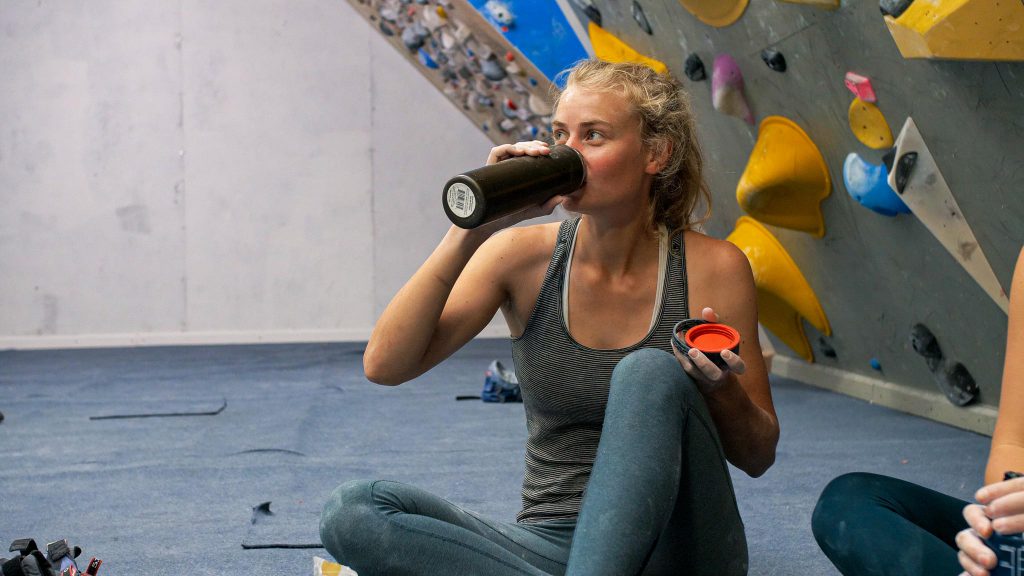
What is Creatine?
Creatine is an amino acid that we can consume through our diet (red meat, fish, chicken) or synthesise in our bodies from other dietary amino acids. We store the majority of our creatine in our muscles where it is converted to phosphocreatine (PCr). Now this might ring a bell, as it is the energy system that provides ATP at a fast rate when we do high intensity exercise (some like to call it our first gear).
PCr + ADP (adenosine diphosphate) -> Cr + ATP (adenosine triphosphate)
Although we take in creatine in our diets, we also excrete a certain amount each day (approx. 1.5-3 g), and so it can often be the case that our muscles are not saturated. Therefore, it could be that we have some extra room in the tank when it comes to the fuel for the PCr energy system. The fatigue of the PCr system essentially comes down to running out of fuel so by increasing the fuel store, theoretically we should be able to do more work with this system.
For this simple reason, creatine is one of the most well known and researched supplements, as it enables us to increase our capacity to use our PCr energy system. Increased levels of creatine through supplementation has a strong link with increased levels of power and strength and response to strength training. However, creatine supplementation has also been linked to improved muscular endurance, possibly due to more glycogen being stored in the muscle.
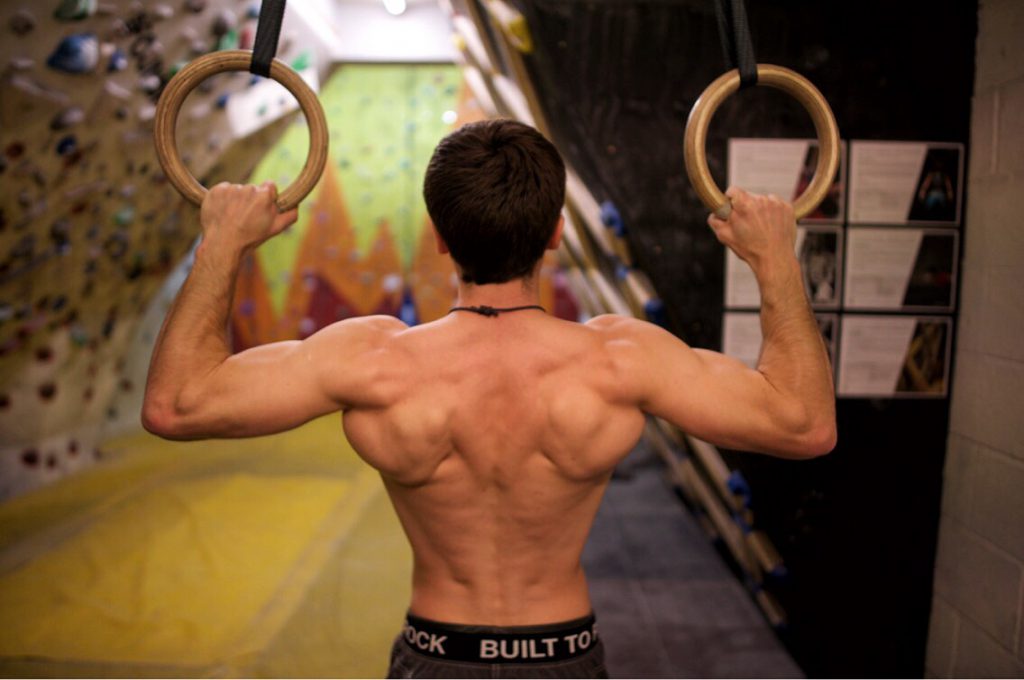
What does Creatine do and why is it useful for climbing?
- Gainz
One of the most well known benefits of supplementing with creatine is that athletes get increased strength adaptation with resistance training compared to training without supplementation. For athletes looking to make strength gains this could potentially mean a reduced time required to achieve certain levels of strength. Beyond increasing the stores of PCr, creatine has been shown to reduce serum levels of myostatin (muscle growth inhibitor) and increase the number of myonuclei that satellite cells will ‘donate’ to damaged muscle fibers, which increases the potential for growth of those fibers (hypertrophy).
Although we generally like to think of building strength and muscle, there often comes a time when we are simply looking to not lose strength and muscle! Some studies show that creatine improves muscle hypertrophy during rehabilitative strength training and attenuates the loss in muscle mass and strength during time off due to injury (upper-arm immobilisation).
- Increased work capacity
One of the great benefits of supplementing with creatine is that your body is able to recover from training at a quicker rate. This makes sense as if something promotes the adaptation process, it generally reduces recovery time. This means that we may be able to complete more high quality training in a week, therefore push training stimuli at a faster rate, or potentially more readily maintain unstructured climbing alongside the training exercises we want to do. Given that many climbers end up burning the candle at both the “training” and “performance” end this could be worthwhile (not that we recommend burning the candle at both ends!)! This could be particularly useful for climbers who are looking to push their strength, but who are not well accustomed to strength training.
- Improved muscular and anaerobic (strength) endurance
Increasing the muscle stores of PCr allows us to do more work with this energy system before the stores run out. In a continuous, high intensity bout of exercise, as the PCr system starts to fatigue (PCr stores get depleted), we start to rely on our glycolytic and oxidative energy systems to supply the ATP. These energy systems often can’t supply ATP at the same rate as the PCr system, thus the force that we can maintain starts to drop. Imagine 7:3 repeaters at 90% of max: the first 7 second contraction uses X amount of PCr, so now we are left with [initial PCr – X]. The second contraction uses X amount of PCr, so now we are left with [initial PCr – (2X)]. This is a simplified view, but it is easy to see that the greater the initial PCr levels the more time we will be able to continue meeting the ATP requirements for 90% repeaters (this would be different as we started to lower the % with repeater as the other energy system can more readily contribute to the ATP demand).
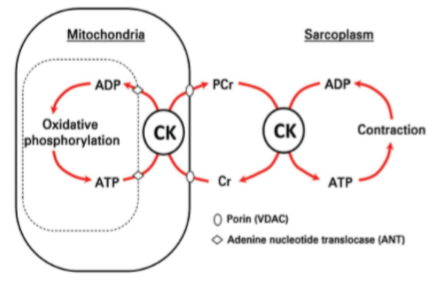
When we are at rest (either on a good rest for us on a route, or simply on the floor) we can use our oxidative system to replenish our PCr stores, meaning we can then use this energy system again in a subsequent, high intensity effort. This can be useful for both route specialists and boulderers, in training and in performance seasons (depending on response – see more below).
- Increased cognitive function
This is probably the least spoken about benefit of creatine. Some studies have shown an improvement in cognitive function, short term memory and reasoning ability in healthy individuals. This could be useful for athletes in a complex sport such as climbing.
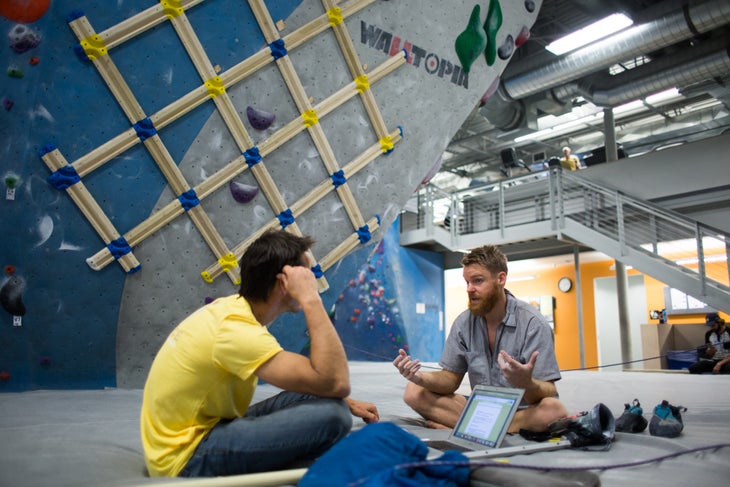
Are there any negatives to supplementing with creatine?
It’s not all sunshine and rainbows though, creatine may have some limitations for climbers.
Here are some of the often mentioned “negatives” of supplementing with creatine and ways in which we might look to monitor or mitigate these;
- Weight Gain
It’s common for athletes who supplement with creatine to experience some weight gain during the initial stages of supplementation. Within the first 1-2 weeks it is common for people to gain up to 1.5 kgs with a loading protocol (4 x 5 g doses a day… which it is worth noting many climbers don’t opt for). The main reason that weight is gained during a loading phase is that when we take creatine into our muscle we change the osmotic potential (a measure of concentration within the cell) and therefore we also take more water into the muscle.
Given the importance of strength:weight ratio in climbing this may seem like a negative. However, the increased water within the muscle is thought to contribute to the positive impact creatine has in stimulating muscle growth. The other thing to consider is the “strength” side of the strength:weight ratio, as it may be that the small weight gain is outweighed by the strength gain.
Longer term changes in weight have been linked to changes in body composition when training with creatine supplementation due to the increase in muscle mass. Contrary to what protein companies might have us believe, we will not suddenly gain muscle mass by simply supplementing with creatine and looking at some weights, however, for climbers who do build muscle mass more easily it would be beneficial to think about targeting muscle groups specific to climbing goals.
A common method used for weight dependent sports is to cycle off creatine prior to a peak phase. However, if the creatine has been beneficial to climbing and recovery it may be worth considering this could outweigh the potentially weight loss. It is also worth noting that weight change due to body composition change (building more muscle) will not suddenly “drop off” and would require atrophy.
It is possible that some inferior-grade creatine may actually promote water retention due to excess sodium. When cheaply manufactured, excess sodium remains in the finished product. German creatine, from companies such as SKW (Creapure), are considered high quality products.
It could be worth monitoring your weight gain during the initial stages of supplementation if you are fingerboarding as it may be necessary to adjust the load to account for this (or it may not be as the additional PCr may mean that you can handle the load even with a small increase in body weight!).
- Increased Pump
There is no research based evidence that creatine makes us more pumped, but there are anecdotal reports from climbers that they experience more pump when using creatine. So it is worth monitoring this if you are going to begin supplementing to see if you are affected. This is where training priorities and periodisation is important to consider for those who experience “creatine pump”, as it may be that supplementing with creatine is useful for a short strength focused phase, and then is cycled out for the reintroduction of endurance training.
- Diarrhea or GI distress
Creatine monohydrate tends to come as a powder that we look to dissolve in liquid. When creatine monohydrate isn’t fully dissolved this can cause GI distress and potentially reduced outcomes linked with reduced absorption. We have already mentioned that creatine “pulls” water with it and so this can also occur in the gut. If this does happen then trying to dissolve creatine in a warm drink (no, this doesn’t impact its effectiveness) could help, or avoiding having creatine on an empty stomach.
- Responders and Non-Responders
Despite what supplement companies would have you believe, you may not necessarily respond to creatine. Low response or non-response has been linked to a higher base level of creatine. In line with this, vegetarians and vegans may respond better due to lower initial creatine levels (or levels further from their potential muscle saturation). Low/non-responders will often have a relatively low % of Type II fibres and fat-free mass and already be getting maximum gene expression from the amount of creatine they’re getting from other pathways that the body uses to make it endogenously. Poor absorption of the creatine supplement could reduce the response and so mixing with carbohydrate could help, as the concurrent insulin spike can help uptake.
It does appear that the female sex may be less responsive to creatine due to storing approximately 10% more creatine than males. However, athletes of female sex have shown increased response to strength training compared to training with a placebo. This also extends to peri and postmenopausal women and people and given that strength is commonly reported to drop of and the ability to recover from strength training is reduced this could be a great supplement to try!
How do we measure response? Water weight? You may often hear people say “I didn’t gain any weight, therefore I didn’t respond”. However, some of the effects of creatine are more subtle and harder to assess. Neurological, anti-inflammatory, immune system, and myostatin suppression are some of physiological processes creatine can affect and that improve slowly. Furthermore, if climbers are using a microdosing approach (see more below) then significant changes in weight may not occur. This is why it is useful to monitor training and recovery alongside experimenting with creatine supplementation over a longer period of time to see if you respond.
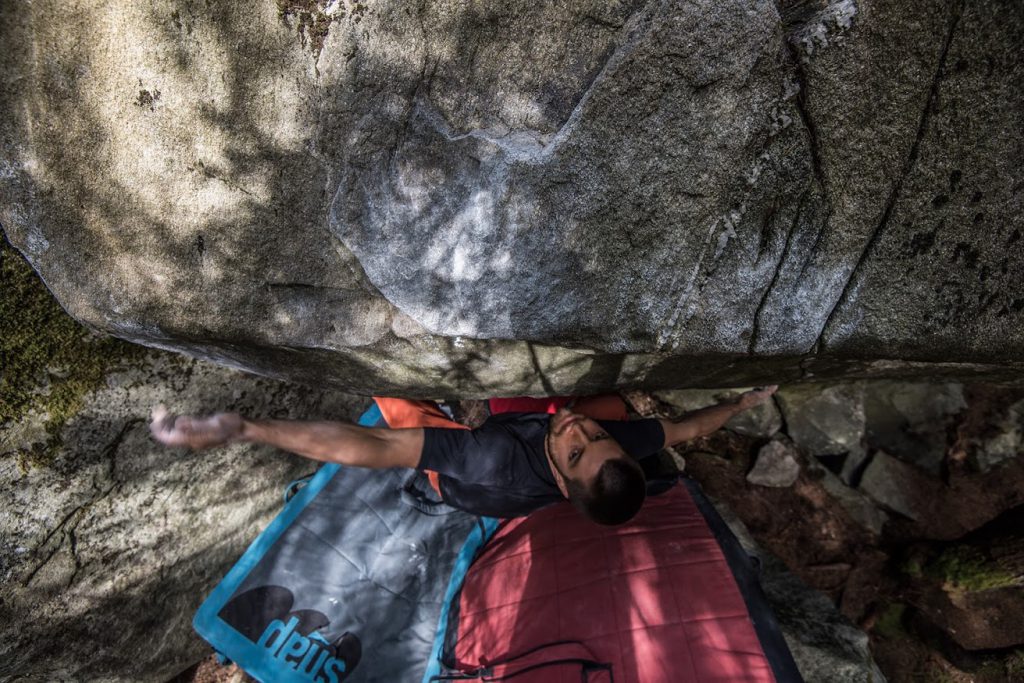
What should we consider when experimenting with creatine?
- Dosing
There are 2 main approaches with creatine;
The first is ‘loading’. This is where the athlete aims to saturate the muscles as quickly as possible with creatine. This is usually done by taking 20 grams of creatine per day for 5 days before returning to a maintenance dosage of 5 grams per day (or 0.1 grams per kilo of bodyweight). The benefits of this method is that the body reaches full saturation quickly and the athlete will likely feel the potential benefits of creatine more acutely.
The other method is ‘microdosing’. In this method the athlete takes 5 grams a day (or 0.1 grams per kilo of bodyweight). Reaching full saturation this way takes longer (approx. 4 weeks). This method may be favourable for minimising weight gain, however the drawback is the benefits of creatine won’t be as pronounced.
- Cycling and monitoring
If you are thinking about experimenting with creatine the best thing to do is to begin during a base phase and monitor your performance and progress during your climbing sessions to see how you respond. This way you can make an informed decision about whether it is worthwhile and whether you would benefit from cycling off it or sticking with it during a peak season.
We always need to remember that supplements are the “cherry on top”. Taking creatine will not make up for poor training methods!
If you’d like to learn more about supplements here is a YouTube video you might find interesting:
I hope you enjoyed the first from our coaches educational series, look out for our next topic where coach Raf will be talking about Understanding Pain.
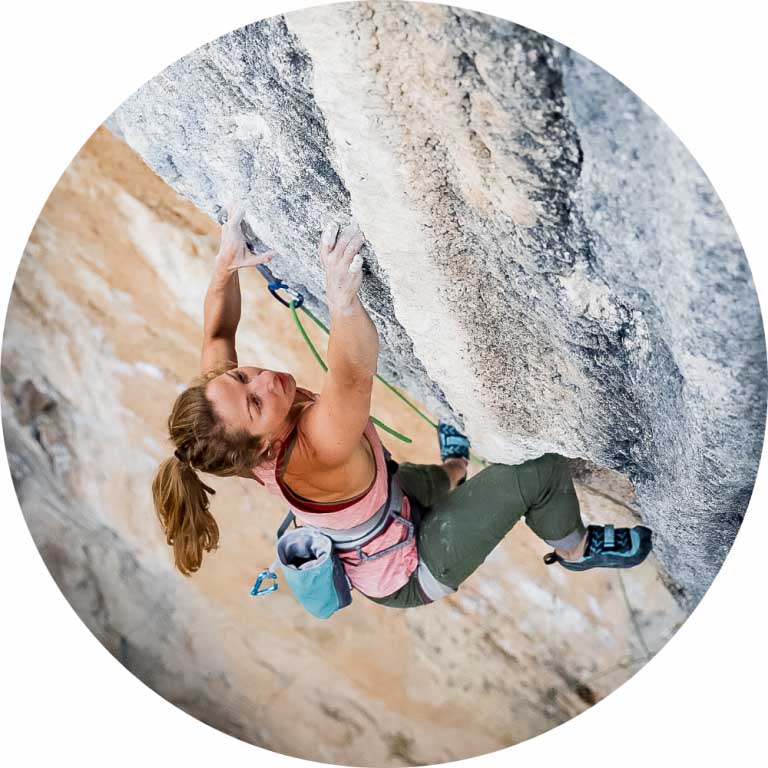



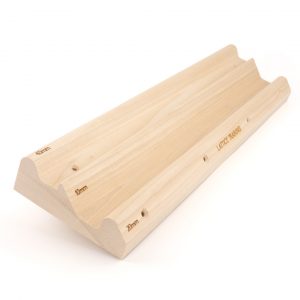



I am a creatine hyper responder, it puts muscle weight and strength on me very fast. But the pumps are crazy, I can flash pump myself out of a session in 1 route. It almost feels like I am getting compartment syndrome in my forearms, the pumps are extremely painful and cramping, I can barely make a fist. I gave up on it. Its too bad because its by far the best supplement I have ever used. When I first started it, I went from benching 275 for 3 reps ( where I had been for nearly a decade ), to 5 in one month, and by month 3 I could do 7 reps, and could do 295 for 5, 305 for 3. Non steroid user.